Why is 3D printing recycled HDPE so popular now? The filament is not hard to buy.
It can be easily recycled and processed at home. When used as a filament, HDPE is generally suitable with the normal FDM technology.
What you can do with this plastic and why you should choose it over others for your next project?
This article will go over the qualities of HDPE and the basics of 3D printing with it, as well as the benefits and drawbacks of using this filament for your project.
Let’s take a look!
Related:
- Is 3d Printed Petg Food Safe? Guidelines For a Safe 3d Priting
- Are Resin 3D Printers Better? (Pros & Cons Analysis)
- Is Uv Resin Safe For Skin? Resin Usage & Health Risks
- Are 3D Pens Toxic? Things You Must Know
- How Much Does It Cost To Run A 3D Printer Per Hour?
What You Can 3D Print With HDPE Filament?
Thanks to its strength, low density and nontoxic, 3D printing recycled HDPE is a good material for many objects:
1 – Floating objects:
Because it is lightweight, this material can be used to make items that can float even when they are big.
Additionally, it does not absorb water. Thus, you have got yourself an excellent reason to make your own boat with it!
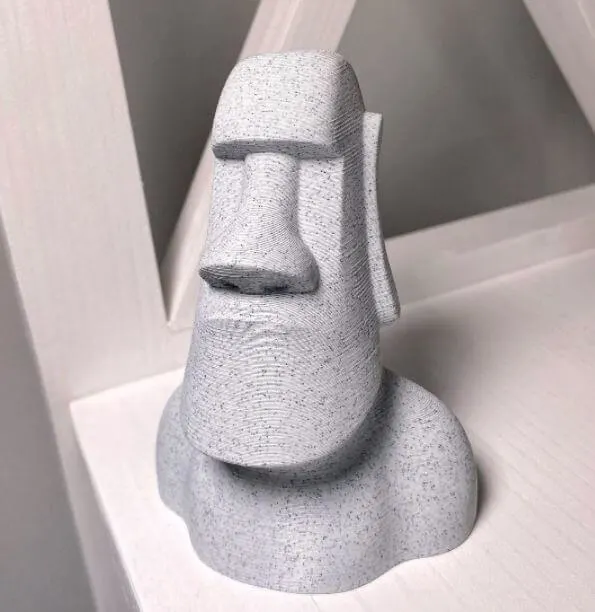
If you do not want to go to the trouble of printing a full-size boat, you may still benefit from this advantage by making bath or pool toys.
You can still make anything else you wish to take into the water without worrying about sinking.
2 – Food containers
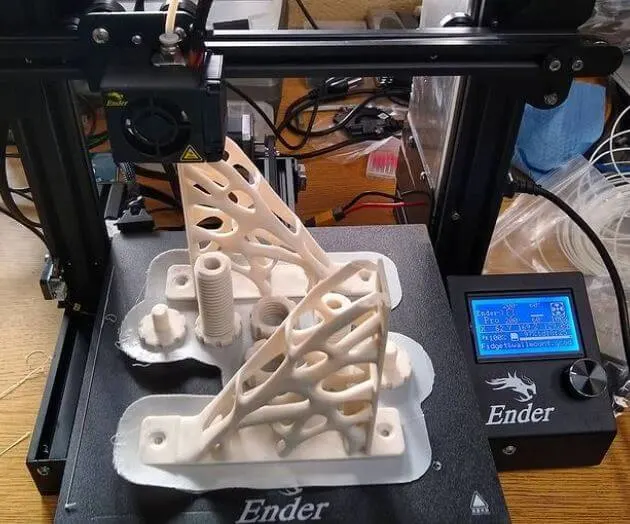
You can make up for any storage solutions for your own.
They will not be harmful and will not fall to pieces or absorb water, making them ideal for drink accessories. However, you can make them safer for coming into contact with food by coating a food-safe resin.
Moreover, make sure to wash them carefully before use.
3 – Medical objects
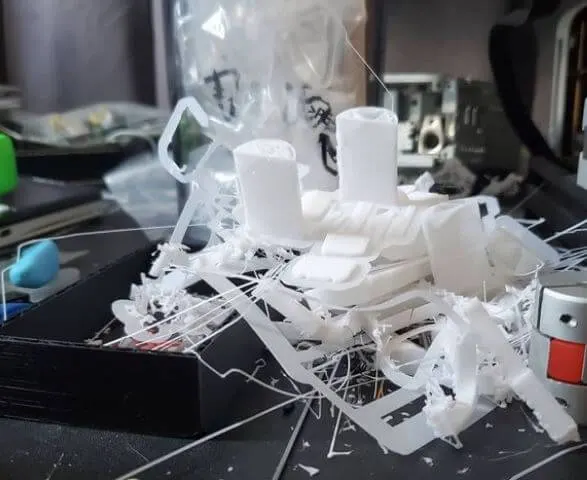
HDPE is a good material to use in the medical industry, for the same reasons as being a food safe filament.
It is approved by FDA, nontoxic and water-resistant. Many manufacturers have started trying to produce more complicated products, such as bone replacements.
Its strength and lightweight make it excellent for these types of medical applications. Besides, the material is easy to buy, which keeps costs low and more accessible.
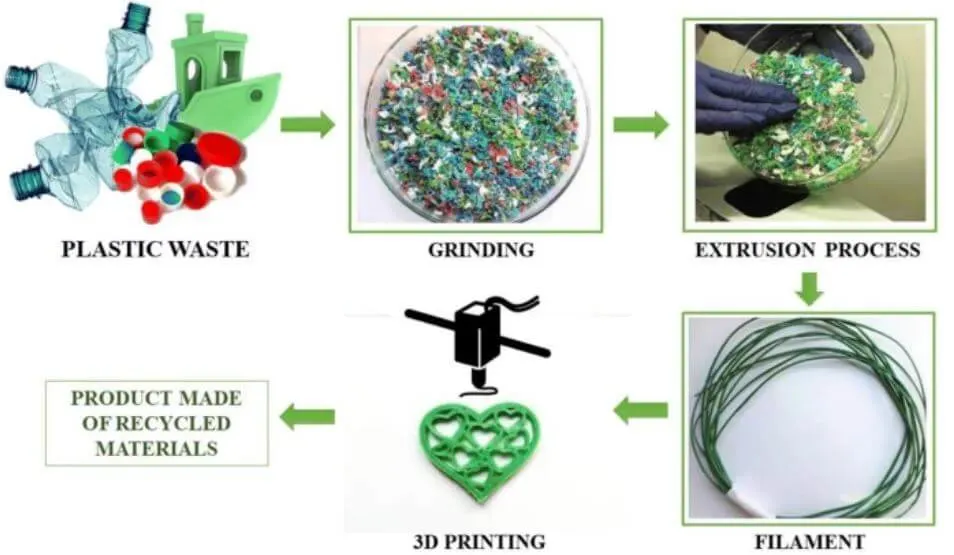
Recycling filament process (Source: the3dprinterbee)
3D Printing Recycled HDPE: Pros And Cons
1 – Advantages:
Waterproof:
The fact that HDPE is not soluble in water is one of the reasons it is so popular as a liquid container.
This quality translates into its filament form, making it an excellent container material.
Cheap price:
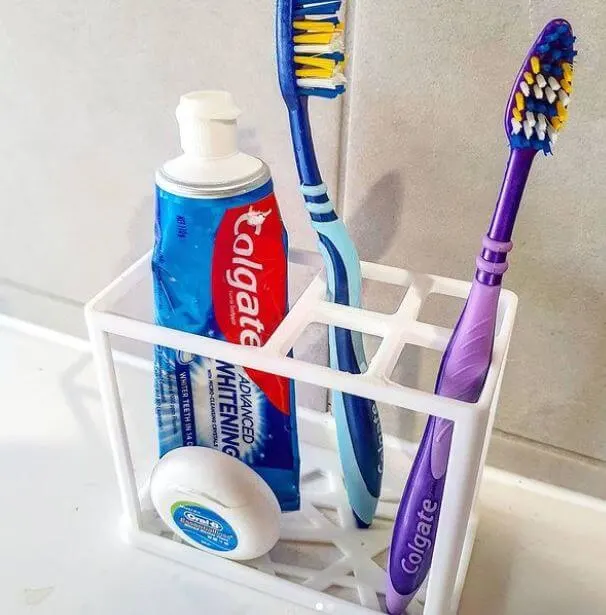
Compared to the other materials, this product is very cheap.
Light weight but strong:
HDPE’s form prevents it from breaking or splitting, which accounts for the high strength to mass ratio.
It is an amazing 3D printing material because it comes easy with big designs without being too heavy to deal with.
Safe for food:

This filament is approved by FDA as food safe, which means it is not dangerous to eat.
You can also use this product to print medical things without worrying about causing bad effects.
Recyclable:
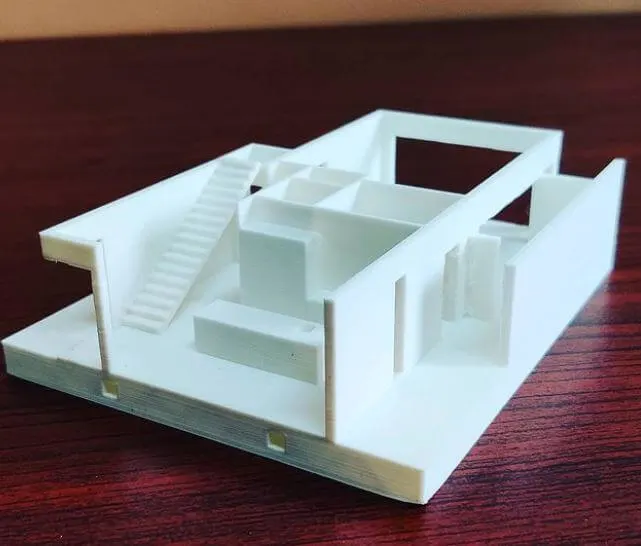
This is the biggest advantage of using HDPE. In 3D printing, this type of plastic brings a new way to solve a million tons of waste that humans produce.
Furthermore, when you use HDPE for 3D printing filament, you may recycle both the unused and finished things if you no longer need them.
Experts say that it can be recycled at least 10 times.
2 – Disadvantages
However, if you do not know how to use this material right, it can be a little bit hard.
Easy to warp:

Because it tends to warp while printing, some people find it difficult to print with.
Layers do not stick to each other well, which is a bad side effect of the low fixing.
This problem can bring a design out of whack if the printing process is not carefully monitored.
Low self adhesion:
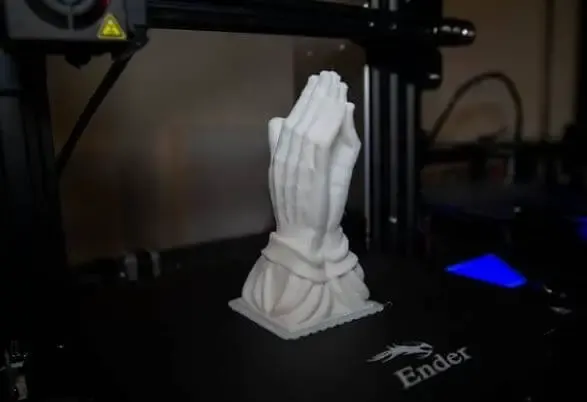
This factor has an impact on the final results you print.
Because the layers do not stick together as well as other materials, you might need a glue coating on the surface for extra hold.
However, keep in mind that coating may affect the nontoxicity of this material.
Before you add any kind of extra finish, think about what you are going to use it for.
Shrinking:
A most of the others, it also shrinks when it cools down.
Thus, this might cause some problems with your work.
We suggest you design and print a test object, then check for the shrinking level before making the real one.
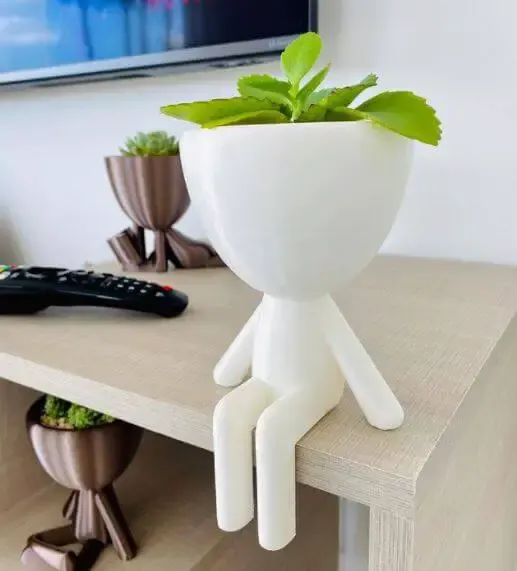
Need high heat:
The high melting point requires very high heat to melt the filament.
If you want to get the best result, you need a nozzle temperature of up to 260 degrees C and 130 degrees C for the bed temperature.
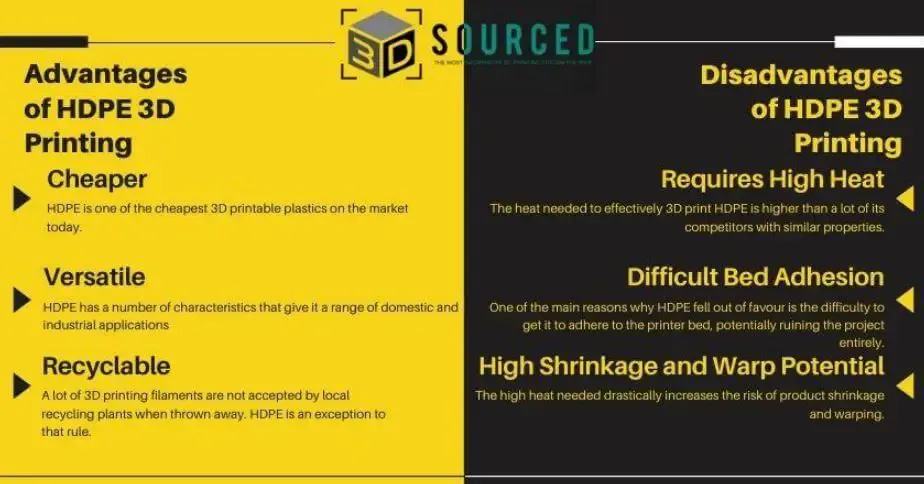
Pros and cons of printing HDPE (Source: 3DSourced)
How To 3D Print HDPE?
Basically, you can 3D printing recycled HDPE by the normal FDM process. However, it is not easy to deal with.
To 3D print this plastic, you do not need to purchase new equipment.
But, if you do have a 3D printer, make sure it can print ABS because, for the most part, those are the settings you will need for HDPE as well.
Fortunately, ABS is one of the most widely used filaments.
Thus, if you are looking for a machine, you will have no trouble finding one that meets both requirements.
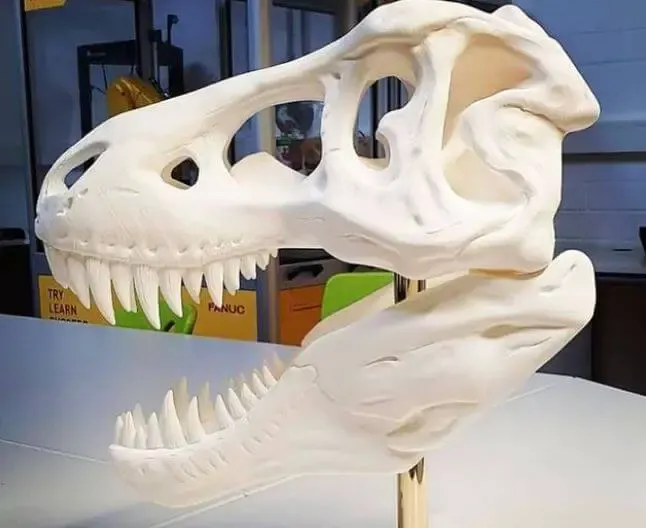
1 – High temperature nozzle
To flow continually through the extruder, the material needs a high temperature between 230 and 260 degrees C.
However, if the temperature rises too high, it begins to produce a toxic fume.
When using this filament, pay attention to the temperature of your extruder.
2 – Heated print bed
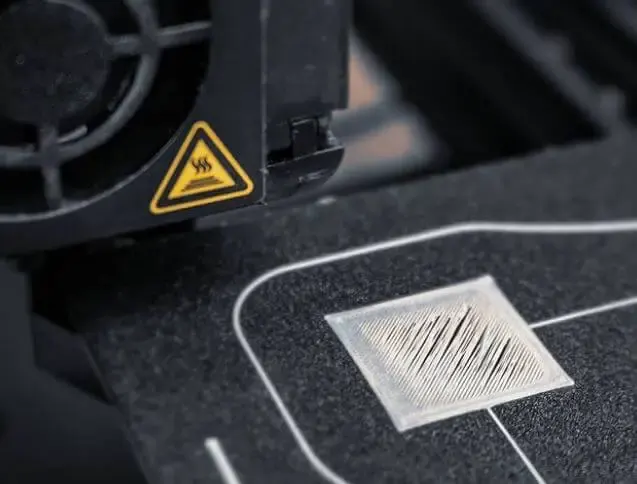
Because of the low adhesion and shrinking issues when getting cold, you have to print it on a heated bed.
This makes the filament stable and warm enough during the printing work. Furthermore, it helps the objects stickier.
3D printing technology using recycled plastic:
3D Printing Using HDPE From Old Bottles
You can make a simple and cheap filament from the old plastic bottles you find in your house.
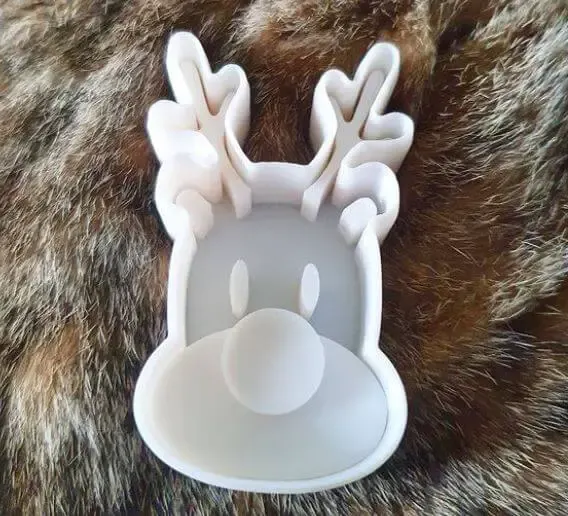
Firstly, cut the old bottle with scissors into small pieces.
Or you can melt it with iron.
You can find some tutorial videos on the internet on how to convert to a filament melting station.
However, remember that the quality of the project depends on the starting material you use.
They can mix old bottles with some chemicals for making colors, durable, or any other reasons.
Because you can not know the detailed components or remove the extra additives at home, it can become a little bit difficult.
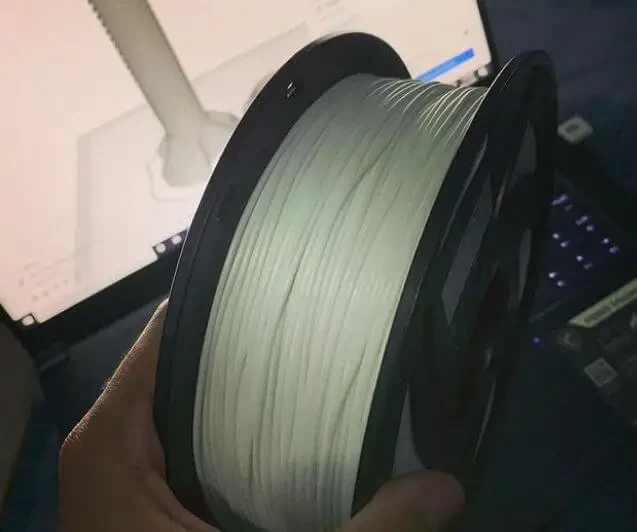
Besides bottles, you can use cosmetics or food containers in your kitchen and bathroom.
Nevertheless, it may contain smell chemicals and high allergy potential.
Thus, you have to clean it carefully before making anything else.
We recommend you using the Filabot Orginal EX2 Extruder machine to remake the plastics.
The Green Side Of 3D Printing
The waste of material is a big problem in the manufacturing industry.
Nowadays, it appears that 3D printing is more environmentally friendly than the old methods.
For example, the FDM machines produce very little waste.
Moreover, 3D printer can make hollow parts, which cuts down on the amount of material needed.
In reality, the FDM machine can print over 90% or more hollow parts. This saves both material and energy.
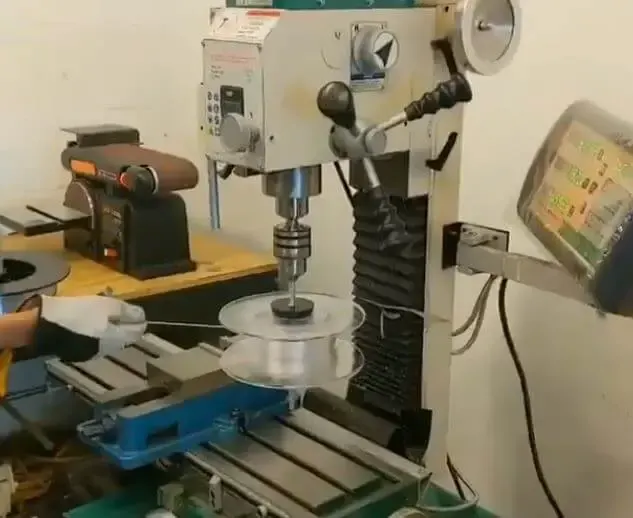
One of the biggest advantages is it can make things lighter.
Imagine reducing the weight of the car or an airplane, it will cut down the fuel consumption significantly.
This technology can also be used to make hard shapes like wind engines or cars.
These models can be made lightweight that will decrease the energy consumption of the machines they fit in.
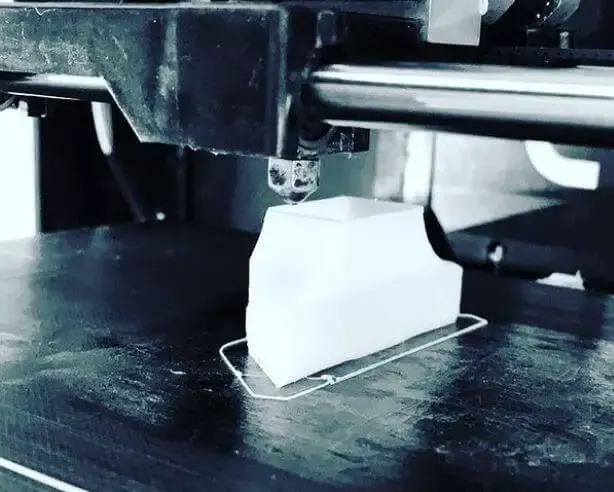
3D printers can be used to make a lot of parts without making any big changes to the design of the machine.
Unlike old methods which require many setups and need to be changed for making different parts, the 3D printers can handle it all.
This reduces the waste of energy use and the working time as well.
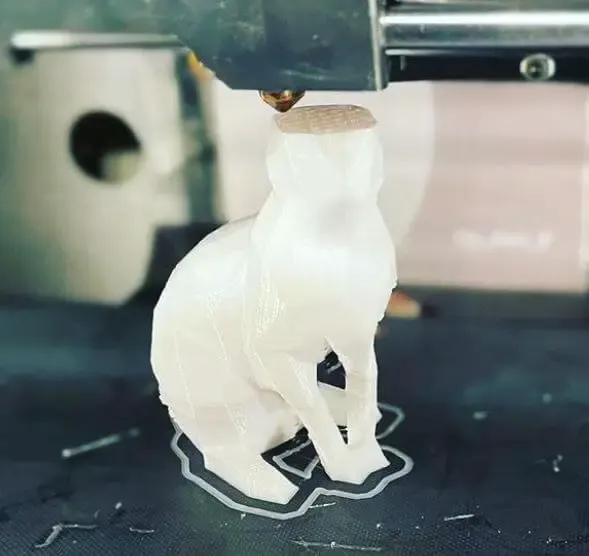
Moreover, now we can print models almost anywhere.
So, in the future, there will not need to transport finished products from one place to another.
This can cut down the transportation costs and fuel emissions related to it.
In addition, this technology now uses a large amount of plastic which can be recycled. 3D printing technology has improved over time.
Emissions From The Printing Process
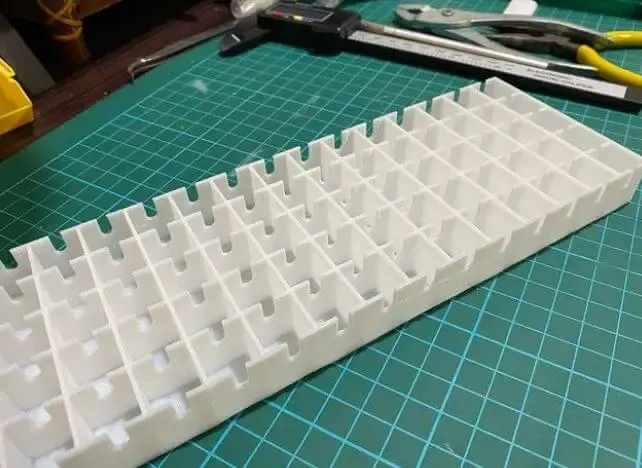
Another disadvantage of 3D printing recycled HDPE comes from the printer itself.
When printing, little parts of plastic and other organic chemicals wind up in the air, and breathing these in is not good for your body, according to studies.
It can make some breathing issues become worse, and many of the chemicals are harmful to everyone.
There are some options for dealing with this problem:
The easiest solution is to place the printer in a protection box.
The emissions only appear when the printer is turned on, and they fade quickly once it is turned off.
By putting the printer in a plastic or wood box, it can help to protect nearby persons. If you need to open a case to check something, you should use a face mask.

When all of a company’s printers are in one room, do not allow workers to enter without wearing a respirator while they are running.
This is similar to the box method but on a much broader scale.
Another smart way to protect yourself from harmful fumes is to use ventilation.
You can keep the air clean for humans by using air filter systems.
These systems should be set up by the experts as well.
Also, avoid creating a too cold environment, since cooler air can cause some types of plastics to warp or bend when drying.
3D Printing Recycled HDPE: Frequently Asked Questions
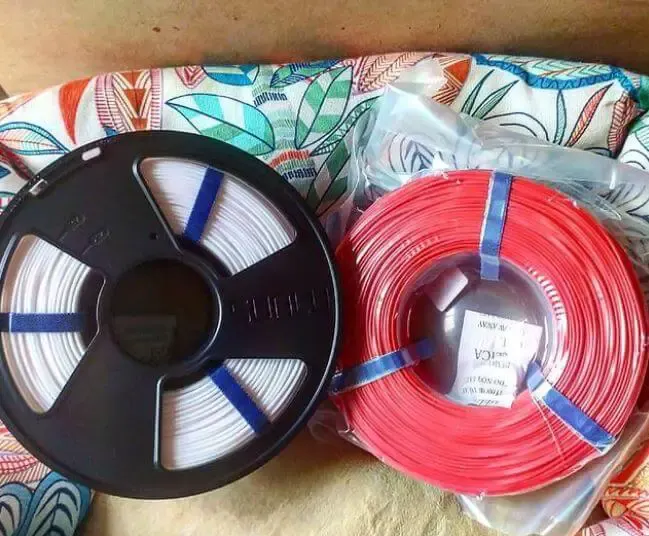
1. Can I Print Recycled Plastics?
Yes, you can.
You can make your own filament by using a special machine that allows you to print directly with recycled plastic pieces.
On the other hand, you can buy filament rolls made from recycled materials if you want to use the left ones from your old projects.
2. Is 3D Printing Recycled HDPE Safe?
This material is safe. It does not bring any toxic chemicals to food or drinks, thus, it has almost no health risks.
This material is usually used in producing medical stuffs or things that come into contact with food frequently.
3. How Can I Tell If My Plastic Is HDPE?
You can check it by its physical qualities.
Normally, HDPE has no color and semi-rigid, but it can also be colored.
You can feel it rough and wrinkle.
For example, when moving, objects made from this plastic tends to have a crinkly and wrinkly sound.
4. Is HDPE Toxic When Heated?
While in the production process, some materials are harmful to people’s health.
You have to follow the safety guides, and any gases must be carefully washed off.
However, this material creates no toxic gases.
Thanks to that, it has become the most preferred kind of plastic.
It does not leak toxic waste in soil or water, which makes it more friendly to the environment.
5. What Is The Less Greener Side Of 3D Printing?
On the other hand, this technology requires a lot of electric power in comparison to the others.
The laser or heat tools that we use to work with the materials need a great deal of power as well.
Thus, it can have bad effects on the environment, especially in countries where people use fossil fuel to make electricity.
Moreover, it also leaks dangerous chemicals that lead to some serious health risks.
Conclusion
Although HDPE is not easy to print, it also has a lot of advantages and interesting features. You can use it in a lot of applications.
Moreover, it is not only non toxic but also friendly to the environment.
Finding 3D printing recycled HDPE and using it as the material for your next project is worth a try!
Further Reading:
